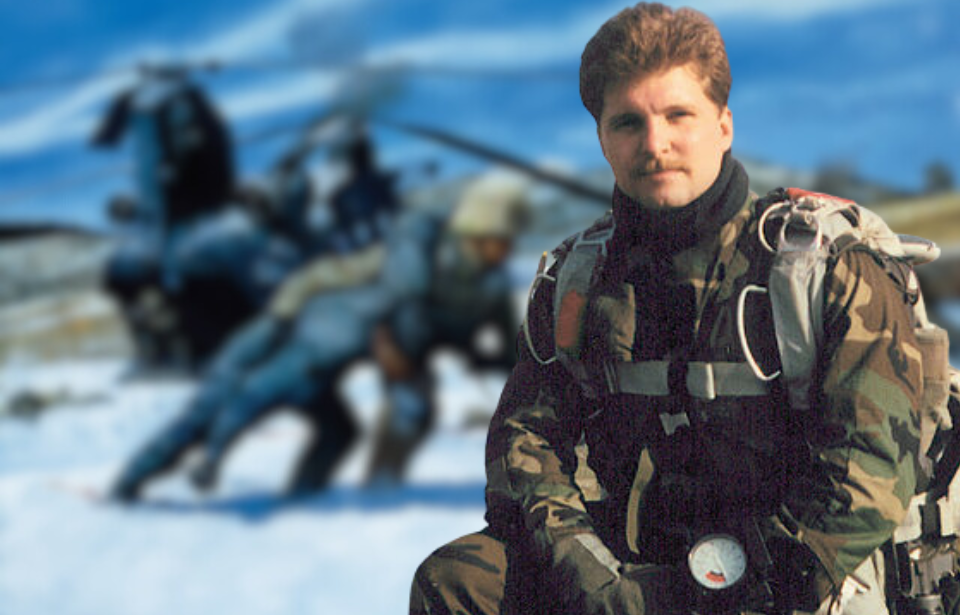Many soldiers perform extraordinary acts of bravery in combat, and most are recognized for their bravery shortly afterward. However, some must wait much longer for acknowledgment, such as Master Sgt. John Chapman, who received the Medal of Honor 16 years after his remarkable display of gallantry on the battlefield.
John Chapman’s entry into the US Air Force
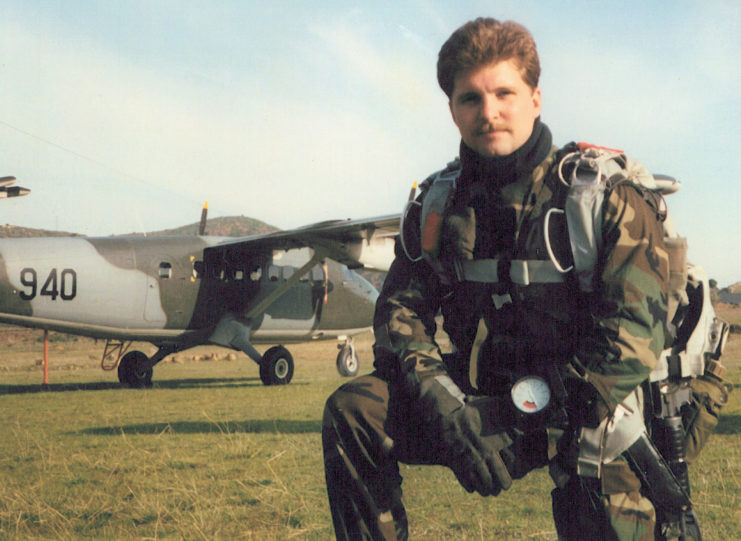
John Chapman was born in 1965 in Springfield, Massachusetts. He later moved to Connecticut, graduating from Windsor Locks High School in 1983. Two years later, he enlisted in the US Air Force, joining while the Cold War was still underway. At the time, the Soviet Union was engaged in a conflict in the mountains of Afghanistan, a war that, less than two decades later, would mirror America’s own struggle in the same treacherous terrain.
Chapman trained as a combat controller, specializing in coordinating fire for ground operations, which led him into the special operations community. He was assigned to the 24th Special Tactics Squadron, based at Pope Air Force Base, North Carolina.
After the September 11th attacks, as the US prepared for combat, Chapman was deployed to Afghanistan, where he would soon cement his place in military history.
Operation Anaconda
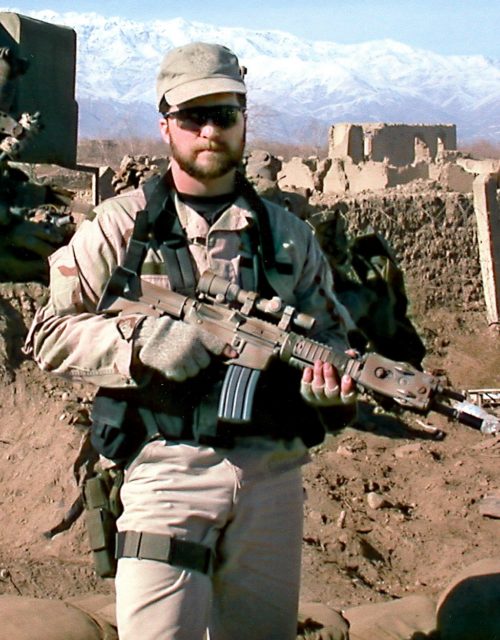
By March 2002, the American invasion of Afghanistan was well underway. The Taliban and Al-Qaeda proved tenacious, and the country’s terrain offered refuge and tactical advantages, which the technologically superior coalition had to combat.
The coalition launched Operation Anaconda, designed to destroy enemy forces in Shahi-Kot Valley and the Arma Mountains. On March 4, John Chapman was aboard a Boeing MH-47E Chinook, with orders to insert with a group of US Navy SEALs in what would become known as the Battle of Takur Ghar.
This engagement would later be the subject of a great deal of scrutiny, as it resulted in heavy losses for the Special Operations community. Whether it was through poor planning or unfortunate luck, Chapman and the Navy SEALs encountered a heavily entrenched enemy force on the hilltop of Takur Ghar.
Thus began one of the more controversial engagements of the War in Afghanistan.
Battle of Takur Ghar
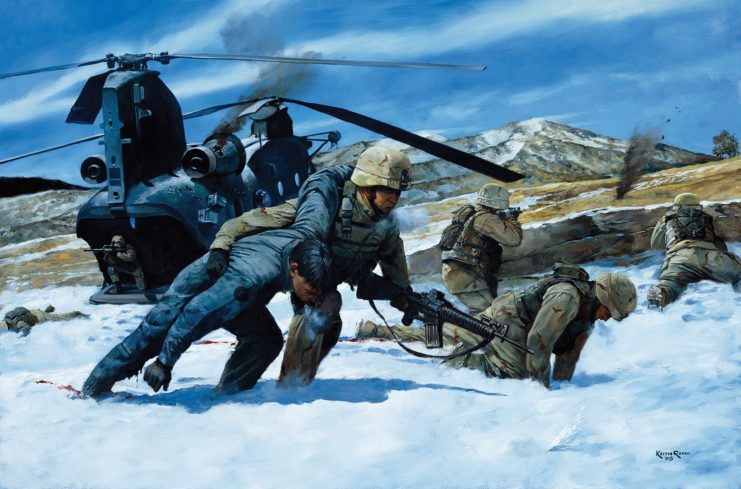
Almost as soon as John Chapman’s Chinook helicopter touched down, it was immediately hit by small arms fire and struck directly by a rocket-propelled grenade (RPG), causing a US Navy SEAL to fall from the aircraft onto the snow-covered hilltop below.
With no way to rescue the man at that moment, the severely damaged chopper pulled away and landed seven miles from the site. Without delay, Chapman took charge of his role and began coordinating with a nearby Lockheed AC-130.
Although it wasn’t his primary responsibility, Chapman volunteered to attempt the rescue of the missing Navy SEAL from the enemy-held position. He encountered insurgents, swiftly killing two before advancing on a second entrenched machine gun. The rescue team soon found themselves under intense enemy fire.
Despite suffering severe wounds, Chapman continued to fight as the team frantically sought a way out. Believing he had succumbed to his injuries, the team made the decision to withdraw.
Controversy arises
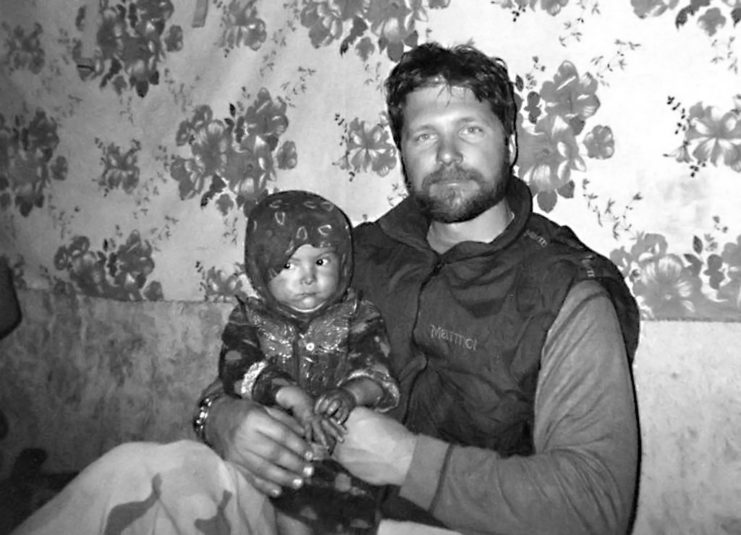
It’s here that controversy would arise and gallantry in the face of all odds would emerge. Many years after John Chapman’s gallant last stand, advancements in video technology revealed shocking additional details.
Chapman had survived the engagement and continued to fight after the team withdrew. In footage, he can be seen fighting enemy combatants, even dispatching one during hand-to-hand combat. He then made his way to a bunker, before a direct RPG hit ended his last stand.
John Chapman is posthumously awarded the Medal of Honor
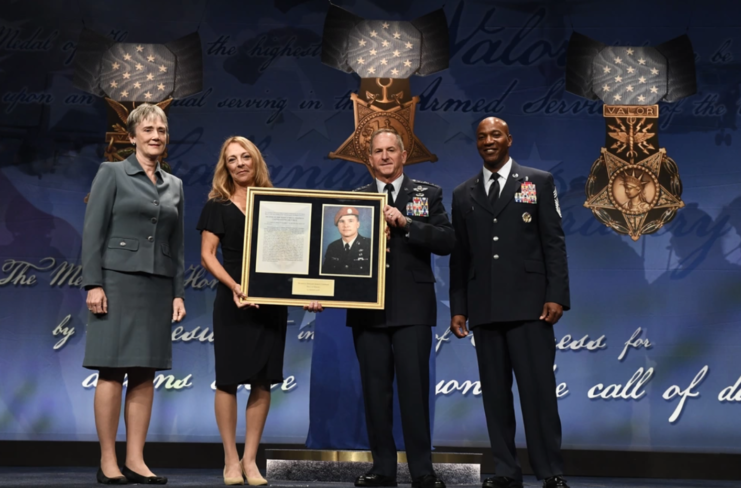
With the new information at hand, John Chapman, who’d posthumously received the Air Force Cross, had his award upgraded to the Medal of Honor. He was also posthumously promoted to master sergeant.
More from us: Gary Wetzel: The MoH Recipient Who Rescued His Commander, Despite Losing His Arm to Enemy Action
Want War History Online‘s content sent directly to your inbox? Sign up for our newsletter here!
While the Battle of Takur Ghar will forever be embroiled in controversy, the gallantry with which Chapman fought until the last moments of his life is beyond contestation. He will forever be enshrined in the halls of military history and has earned the eternal respect of any an all who know that he fought in the now infamous battle.
